Rare Rides Icons: The Lincoln Mark Series Cars, Feeling Continental (Part XVIII)

Cadillac led the charge into new Seventies-ready personal luxury coupes with their ninth-generation Eldorado in 1971. The following year, Ford followed suit with the Lincoln Continental Mark IV. Bigger and, in theory, better than its predecessor, it was also lesser in terms of Mark-specific sheet metal and quality interior amenities than the Mark III. The exterior of the new Mark IV was very similar to the Thunderbird since it shared a platform and the majority of its body panels. And those similarities continued right on into the interior.
The Mark III introduced its customers to an interior that was Thunderbird-adjacent, in that it used the same basic bones but had upgraded materials throughout. Mark had its own squared-off gauges, more use of wood trim (which was real in later years), and different quality upholstery than the Thunderbird. The dashboards of the Mark and Thunderbird were different shapes through 1971, where the Thunderbird used a cockpit-like layout and a center console. A center console was only available as an option on Mark III for a single year and was rarely specified.
With the increased focus on content sharing in 1972, the Mark IV shared its dashboard with the new Thunderbird. The dash design was a sort of middle ground between the old designs: There was a hint at a cockpit shape as the dash curved around to enclose the gauges and formed a sort of border between driver and passenger space. The division was all new for the Mark IV but was less defined than the prior generation Thunderbird.
Ford maintained the same approach to instrumentation as it had previously, where Mark indicated luxury with squared-off gauges and copious wood paneling. The Thunderbird went aviation style with circular gauges, less wood, and wing-like warning lights at the top of its cluster. There were other subtle differences like more button labels for the Mark, and different audio systems and clocks. Curiously, though the Thunderbird switched to a new two-spoke wood-rimmed wheel in 1972, the Mark IV maintained the old three-spoke wheel of 1971 which was shared with the old Thunderbird.
The Mark III’s unique seat patterning was not a victim of the cost-cutting machine in the transition to Mark IV. As before, Mark and Thunderbird shared the same seat designs with different upholstery patterns. The quad triangle and single button upholstery of the later Mark III were replaced by a standard button tufting grid in 1972. The Thunderbird had a more Seventies-looking button pattern, separated into horizontal bars.
Checking modern-day examples of the 1972 Mark IV and Thunderbird, some Thunderbird owners opted to fit Mark IV seats after the fact. Mark IV buyers were excluded from ordering the high-back bucket seats that arrived at the end of the Mark III’s run. Those seats were reserved for Thunderbird starting in 1972 and came with a standard center console. In 1972 only, all Thunderbirds were fitted with cloth or leather, as vinyl was not available. Vinyl returned as an extra cost option on 1973.
Unlike the previous generation, Mark IV shared its door panel design with the Thunderbird. Buttons and trim were in the same place on both cars. The only upscale touch in the Mark IV was the placement of the door pull strap. It was on a panel of faux wood, a feature not found in the Thunderbird. Mark IV was fitted as standard with “Lamont” cloth upholstery, available in black, blue, red, green, or “gray gold” in 1972.
Buyers who sprung for dead cow received the same seats (called Comfort Lounge) but covered in “Glove-Soft Leather.” It was clear buyers were encouraged to spring for the leather interior, as it was available in many more colors than cloth: white, black, dark blue, red, ginger, dark green, gray gold, and tobacco. Additional luxury was available via two-tone interiors, where the leather contrasted with other interior trim and components.
Those schemes included white and blue, white and black, white and green, and white with tobacco. Delving further into the two-tone Mark IV methodology, interiors that featured white and a secondary color had contrast instrument panels, in addition to their steering wheel and column, carpets, and indeed the seat belts. The secondary color matched the exterior paint scheme. White and blue would’ve been quite striking, as well as white and green.
Though it was lesser in quality and materials, the Mark IV was of a much greater size than its predecessor. The wheelbase increased over three inches in the transition, from 117.2” to 120.4”. However, there were much more than three inches added to the body, as Seventies baroque took hold of domestic design studios everywhere: The Mark III’s 216.1” length seemed positively tidy compared to the 228.1” of the Mark IV.
Width increased slightly, from 79.4 inches to 79.8” in 1972. Weight increased significantly as one might expect, even though the old Mark III was no lightweight: Mark IV was 5,264 pounds, up from 4,866 the prior year. For modern comparison terms, the Mark IV was heavier than a modern S-Class coupe (4,586 lb.), and near to the 2022 Navigator’s heft of 5,634. Of course, the Navigator is certainly the modern successor of the Mark IV.
Though it had much more weight to move about, the 460 cubic inch (7.5L) V8 was unchanged. The C6 three-speed automatic was also unchanged, as Ford used heavy-duty three-speed for over 30 years. The V8 had 16 valves and was equipped with an Autolite carburetor, which meant 365 gross horsepower. Mark IV owners could lord their 11 miles per gallon fuel economy over Eldorado buyers, who managed only 9.4 mpg.
But the end of the Mark III in 1971 was the last year for some time that any Mark managed a horsepower figure over 300, as EPA regulations came down hard in 1972. And the emissions strangulation wasn’t the only change in Mark IV, as the 1973 heralded the arrival of a new plague: the five-mile-per-hour bumper.
In our next installment, we’ll talk about the changes imposed upon the Mark IV (and indeed most cars sold in the US) with regard to emissions and safety regulations in 1973. Then we’ll move on to discuss the revisions made to the Mark IV over its tenure in the name of additional luxury, high fashion, and maintaining buyer interest.
[Images: Ford]
Become a TTAC insider. Get the latest news, features, TTAC takes, and everything else that gets to The Truth About Cars first by subscribing to our newsletter.

Interested in lots of cars and their various historical contexts. Started writing articles for TTAC in late 2016, when my first posts were QOTDs. From there I started a few new series like Rare Rides, Buy/Drive/Burn, Abandoned History, and most recently Rare Rides Icons. Operating from a home base in Cincinnati, Ohio, a relative auto journalist dead zone. Many of my articles are prompted by something I'll see on social media that sparks my interest and causes me to research. Finding articles and information from the early days of the internet and beyond that covers the little details lost to time: trim packages, color and wheel choices, interior fabrics. Beyond those, I'm fascinated by automotive industry experiments, both failures and successes. Lately I've taken an interest in AI, and generating "what if" type images for car models long dead. Reincarnating a modern Toyota Paseo, Lincoln Mark IX, or Isuzu Trooper through a text prompt is fun. Fun to post them on Twitter too, and watch people overreact. To that end, the social media I use most is Twitter, @CoreyLewis86. I also contribute pieces for Forbes Wheels and Forbes Home.
More by Corey Lewis
Latest Car Reviews
Read moreLatest Product Reviews
Read moreRecent Comments
- Theflyersfan After looking it over, Honda, I want royalties for this one: The Honda Yawn.
- V8fairy Not scared, but I would be reluctant to put my trust in it. The technology is just not quite there yet
- V8fairy Headlights that switch on/off with the ignition - similar to the requirement that Sweden has- lights must run any time the car is on.Definitely knobs and buttons, touchscreens should only be for navigation and phone mirroring and configuration of non essential items like stereo balance/ fade etc>Bagpipes for following too close.A following distance warning system - I'd be happy to see made mandatory. And bagpipes would be a good choice for this, so hard to put up with!ABS probably should be a mandatory requirementI personally would like to have blind spot monitoring, although should absolutely NOT be mandatory. Is there a blind spot monitoring kit that could be rerofitted to a 1980 Cadillac?
- IBx1 A manual transmission
- Bd2 All these inane posts (often referencing Hyundai, Kia) the past week are by "Anal" who has been using my handle, so just ignore them...



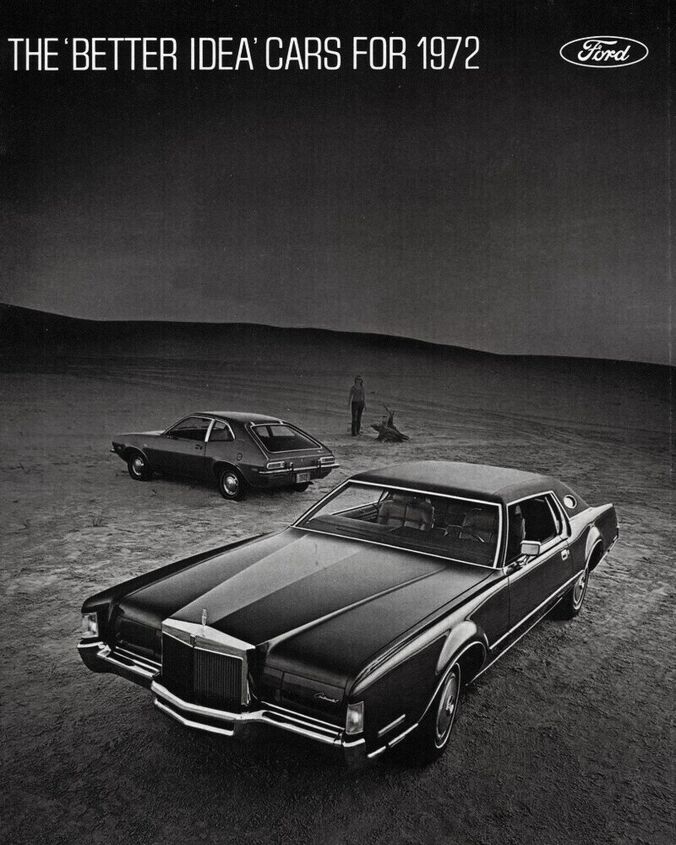

















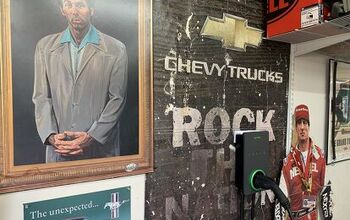
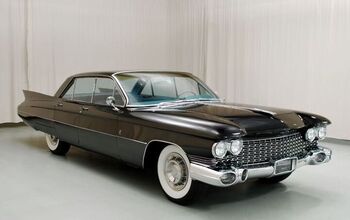
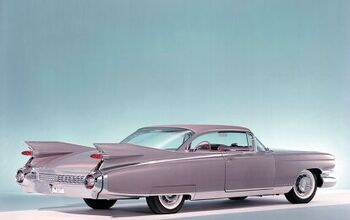
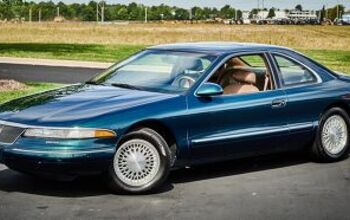
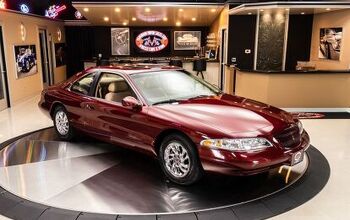
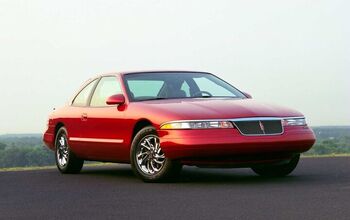
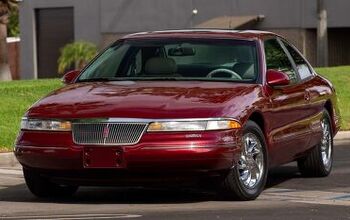
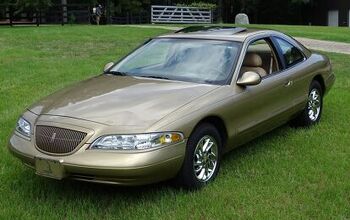
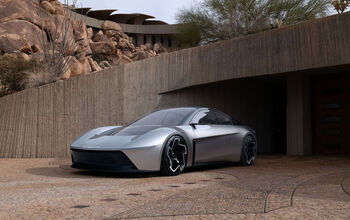
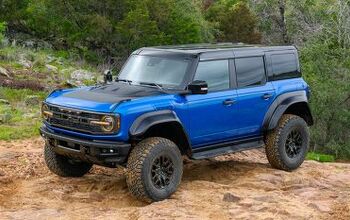
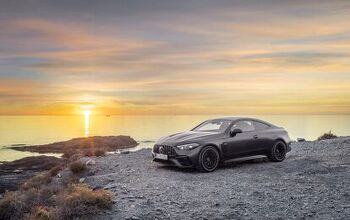


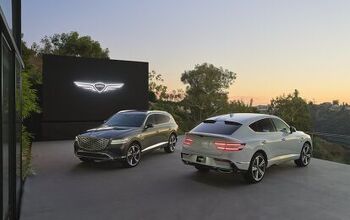
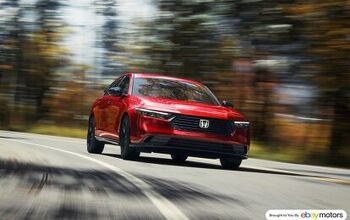
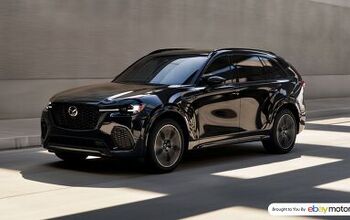
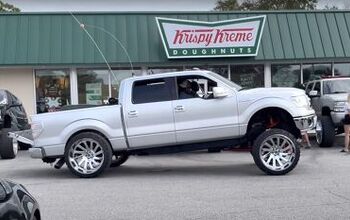
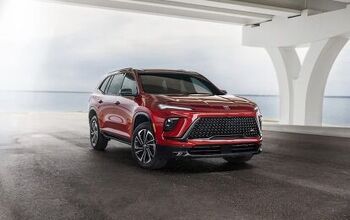
Comments
Join the conversation
I posted last week but it seems to have disappeared. I would love to restomod a Mark IV (or other PLC of the early/mid 1970s'). Remove the smog controls, add fuel injection, update the transmission. Or maybe go hybrid or electric? But leave the one finger steering, sound insulation and total isolation from the road. Enjoy the big backed 60/40 split bench with dee velour upholstery, pile carpeting and matching interior colours (not black).
Killing the golden goose.